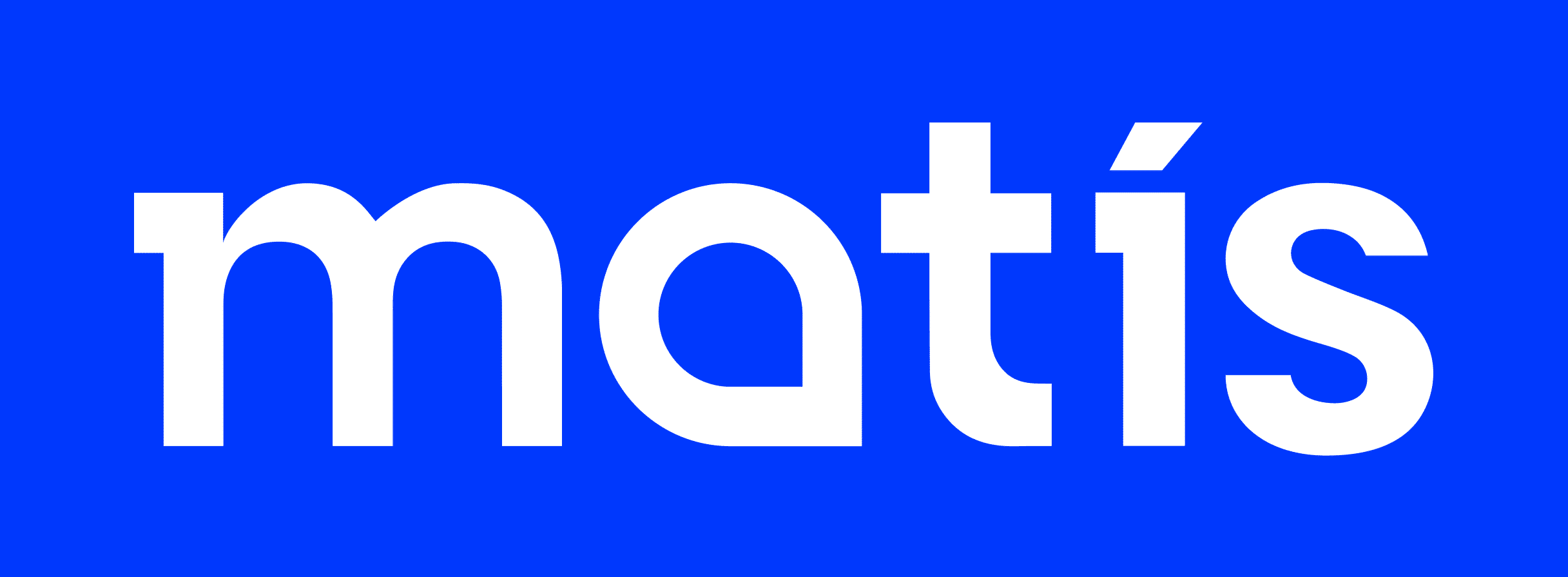The particulate nutrient loads from fed aquaculture organisms are disposed of rather than being harnessed as a valuable nutrient resource. Vermifiltration and vermicomposting of solid wastes are promising approaches for minimising environmental impacts of aquaculture and optimizing productivity. The present study tested the suitability of particulate nutrient loads from a warm-water African catfish Clarias gariepinus aquaculture recirculation system and a cold-water rainbow trout Oncorhynchus mykiss flow-through system as food sources for compost worms Eisenia fetida in a 6 wk controlled feeding trial. Throughout the experimental phase, the worms demonstrated a preference for utilizing aquaculture sludge as their primary food source, exhibiting growth and generating nutrient-rich vermicompost. Worms fed with catfish solids exhibited a higher growth rate. A mixed application of both solid types may enhance worm growth. Heavy metal analysis showed cadmium and lead levels within legal limits for feed use, suggesting no immediate safety barrier to including worm biomass in animal feed. However, while these findings support the potential use of worm meal as a feed ingredient, its efficacy as a fish meal substitute must be confirmed through feeding trials.

